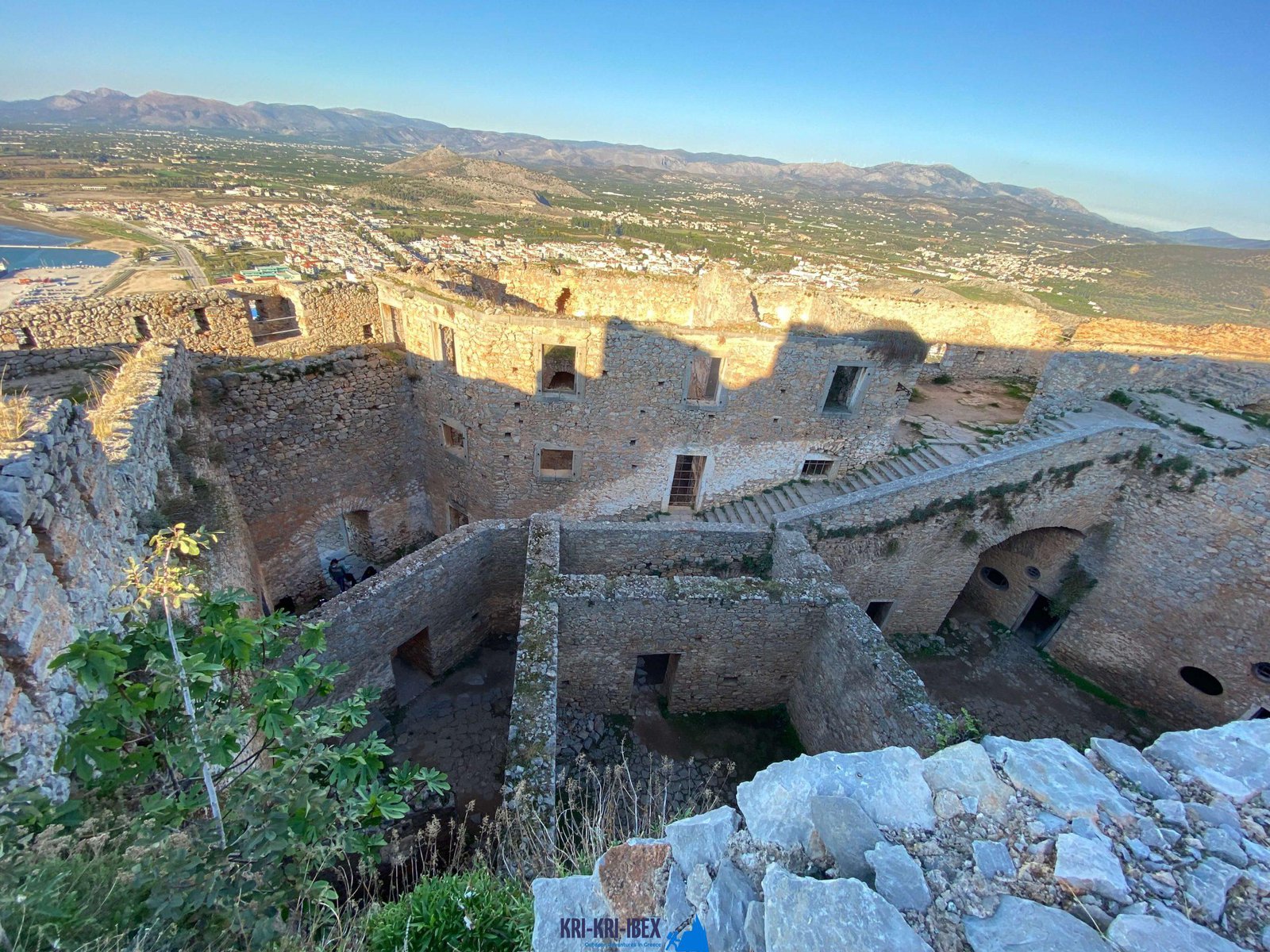Experience the adventure of kri-kri ibex hunting in Greece
Experience the adventure of kri-kri ibex hunting in Greece
Blog Article

Hunting for Kri Kri ibex in Greece is a remarkable searching expedition as well as great trip all in one. Ibex searching is typically an extreme experience, however not in this situation! Dive to shipwrecks and spearfishing in ancient Greece, or enjoy ibex hunting in an unique place are just a few of the things you may do during a week long ibex searching excursion in Greece. Can you consider anything else?

Pursuing the kri kri ibex in Greece is an uphill struggle, particularly if you're a worldwide seeker. You have to be a local hunter in order to quest kri kri ibex, which can only be fired in particular carefully safeguarded hunting areas like certain islands. On two islands, 150 kilometers/ Atalanty/ as well as 300 kilometers/ Sapientza/ from Athens, we offer the possibility to quest this fantastic animal. It is just shot in special searching areas from morning up until noon, according to Greek regulation. Just shotguns might be used, and only slugs might be made use of. Slugs are the only ammunition allowed. To assure that just significant seekers are enabled on these expeditions, you should book a year in advance for your permit. The licenses are provided by the Greek Ministry of Nature and also Agriculture as well as the federal government problems a specific number annually.
Our exterior searching, fishing, as well as free diving trips are the excellent means to see everything that Peloponnese needs to supply. These scenic tours are designed for tourists who intend to leave the beaten path and also really experience all that this amazing region has to use. You'll reach go hunting in a few of the most stunning wilderness areas in Greece, fish in crystal-clear waters for a range of different varieties, and totally free dive in a few of one of the most sensational coast in the Mediterranean. And also most importantly, our seasoned overviews will certainly exist with you every action of the way to make sure that you have a safe as well as pleasurable experience.
Experience 'Real' Greece with Our Peloponnese Tours. Look no further than our Peloponnese excursions if you're looking for a genuine Greek experience. From ancient ruins and also castles to delicious food and a glass of wine, we'll show you everything that this outstanding area needs to supply. What are you waiting for? Reserve your trip today! Your Kri Kri ibex hunting in Greece is here!
What is the diference between Kri Kri ibex, Bezoar ibex and hybrid ibex
The kri-kri is not thought to be indigenous to Crete, most likely having been imported to the island during the time of the Minoan civilization. Nevertheless, it is found nowhere else and is therefore endemic to Crete. It was common throughout the Aegean but the peaks of the 8,000 ft (2,400 m) White Mountains of Western Crete are their last strongholds–particularly a series of almost vertical 3,000 ft (900 m) cliffs called ‘the Untrodden’—at the head of the Samaria Gorge. This mountain range, which hosts another 14 endemic animal species, is protected as a UNESCO Biosphere Reserve. In total, their range extends to the White Mountains, the Samaria National Forest and the islets of Dia, Thodorou, and Agii Pandes.
This Ibex is NOT a diminutive form of the Bezoar Ibex, which has migrated into the western-most reach of the range of this species. The kri – kri (Capra aegagrus cretica), sometimes called the Cretan goat, Agrimi, or Cretan Ibex, is a feral goat inhabiting the Eastern Mediterranean, previously considered a subspecies of wild goat. The kri-kri has a light brownish coat with a darker band around its neck. It has two horns that sweep back from the head. In the wild they are shy and avoid tourists, resting during the day. The animal can leap some distance or climb seemingly sheer cliffs.
“The agrimi goat Capra aegagrus cretica is unique to Crete and its offshore islands. It has been identi®ed as a sub-species of the wild bezoar goat Capra aegagrus aegagrus Erxleben, 1777, which it closely resembles in horn shape, body form and coloration. This classi®cation has been disputed by some researchers who claim that the agrimi are feral goats, derived from early domestic stock brought to the island by the ®rst Neolithic settlers. In order to clarify this issue, DNA analyses (cytochrome b and D loop sequences) were carried out on tissue of live and skeletonized agrimi and compared to sequences of wild and domestic caprines. Results conclusively show the agrimi to be a feral animal, that clades with domestic goats (Capra hircus) rather than with wild Asiatic bezoar. This study demonstrates that morphometric criteria do not necessarily re¯ect genetic af®nities, and that the taxonomic classi®cation of agrimi should be revised.”
Report this page